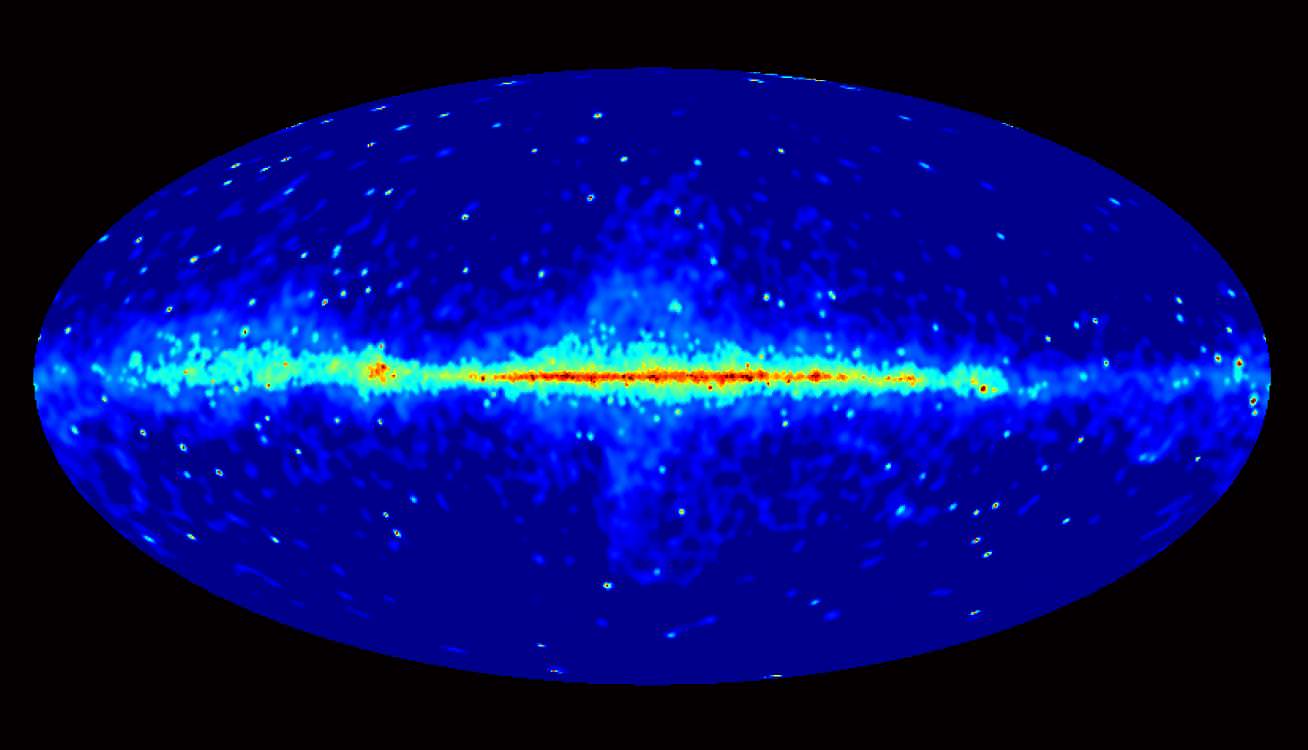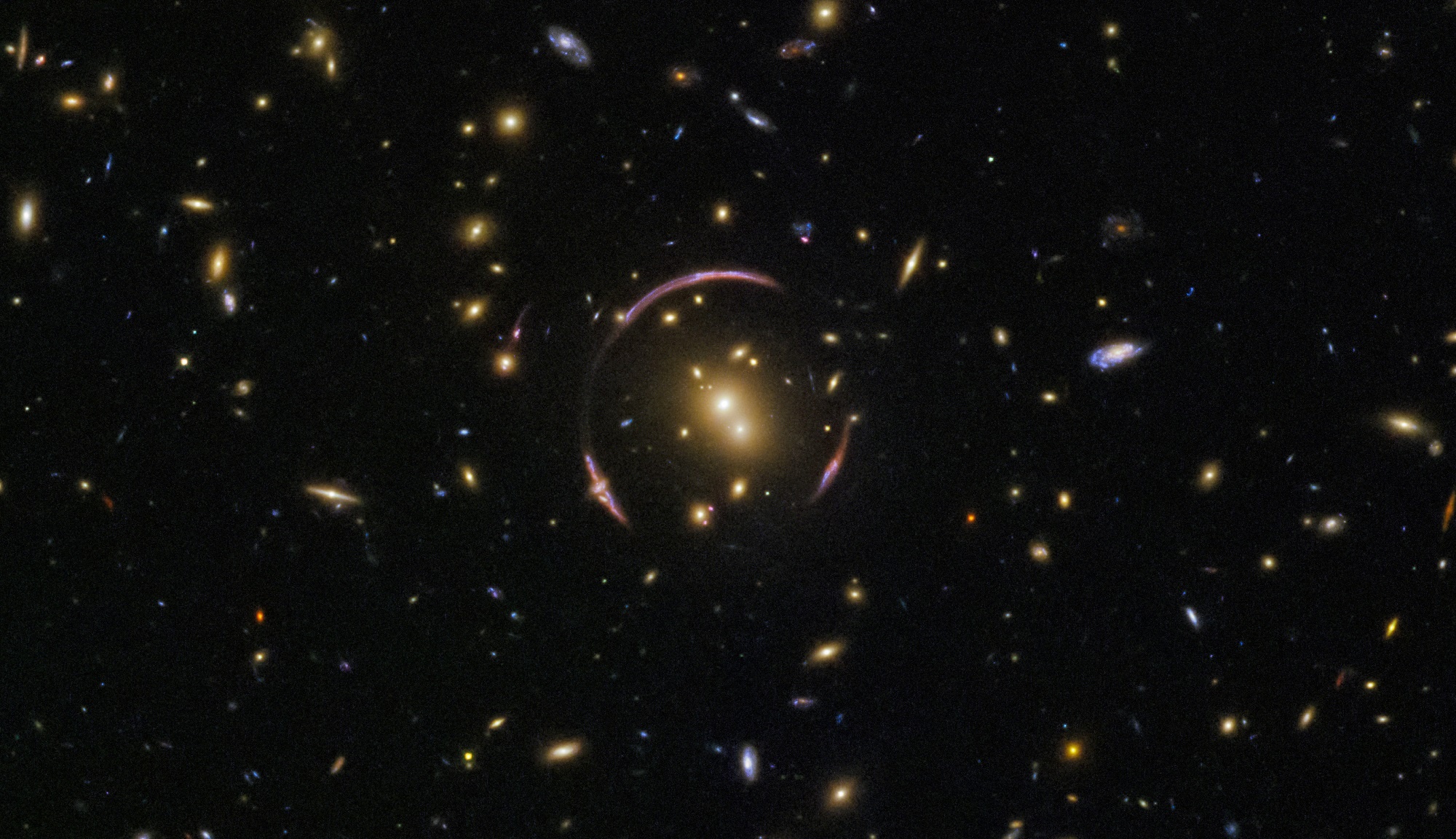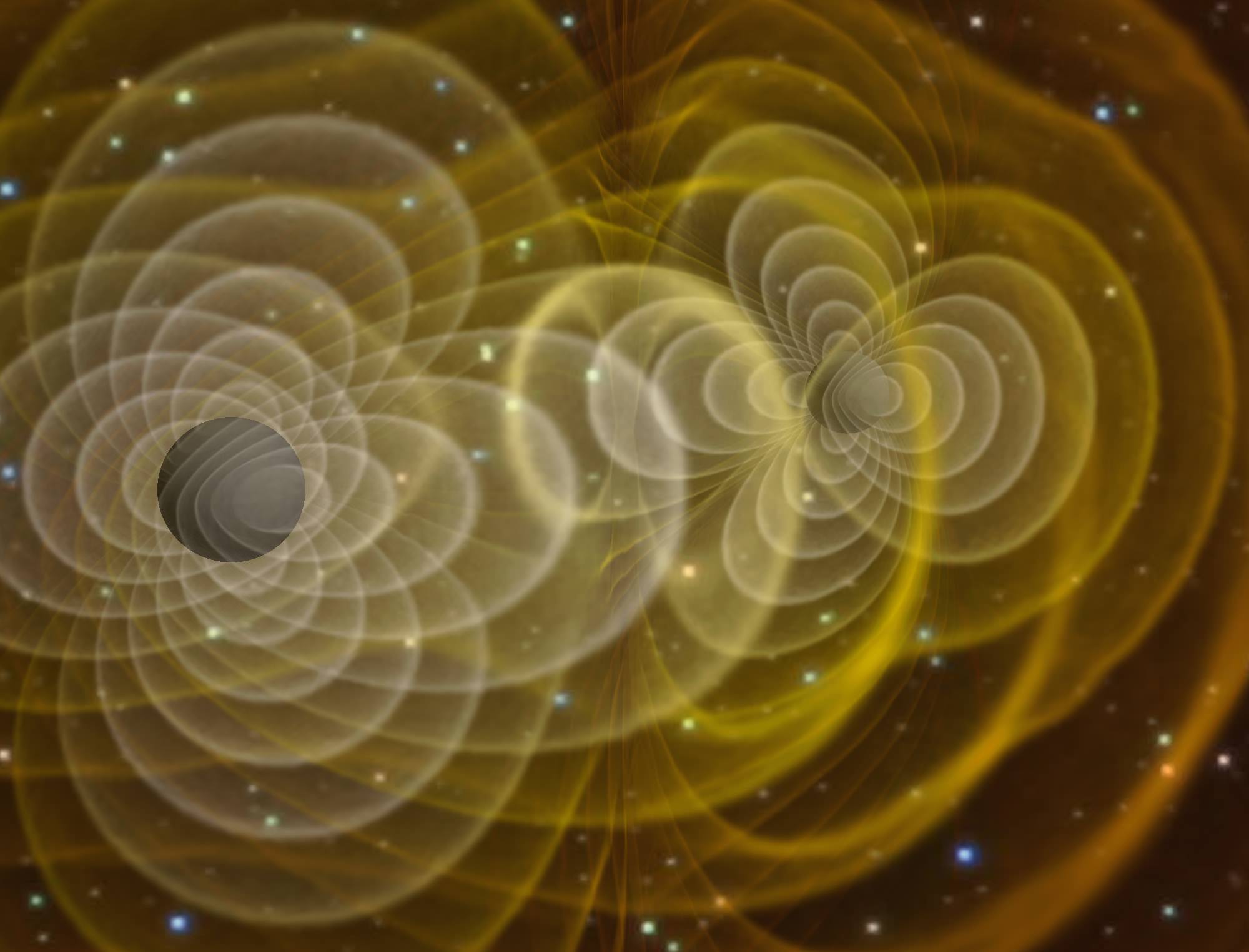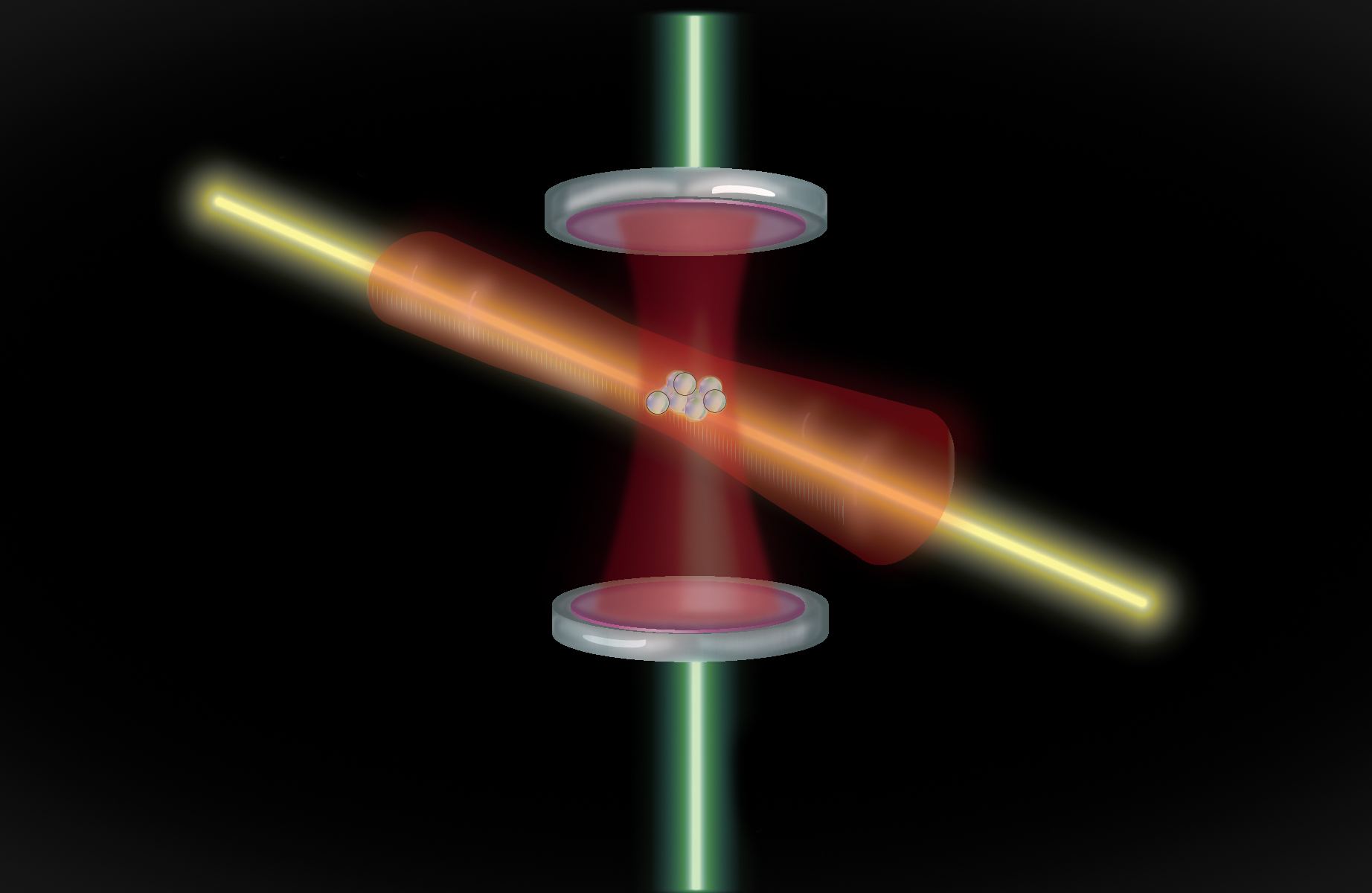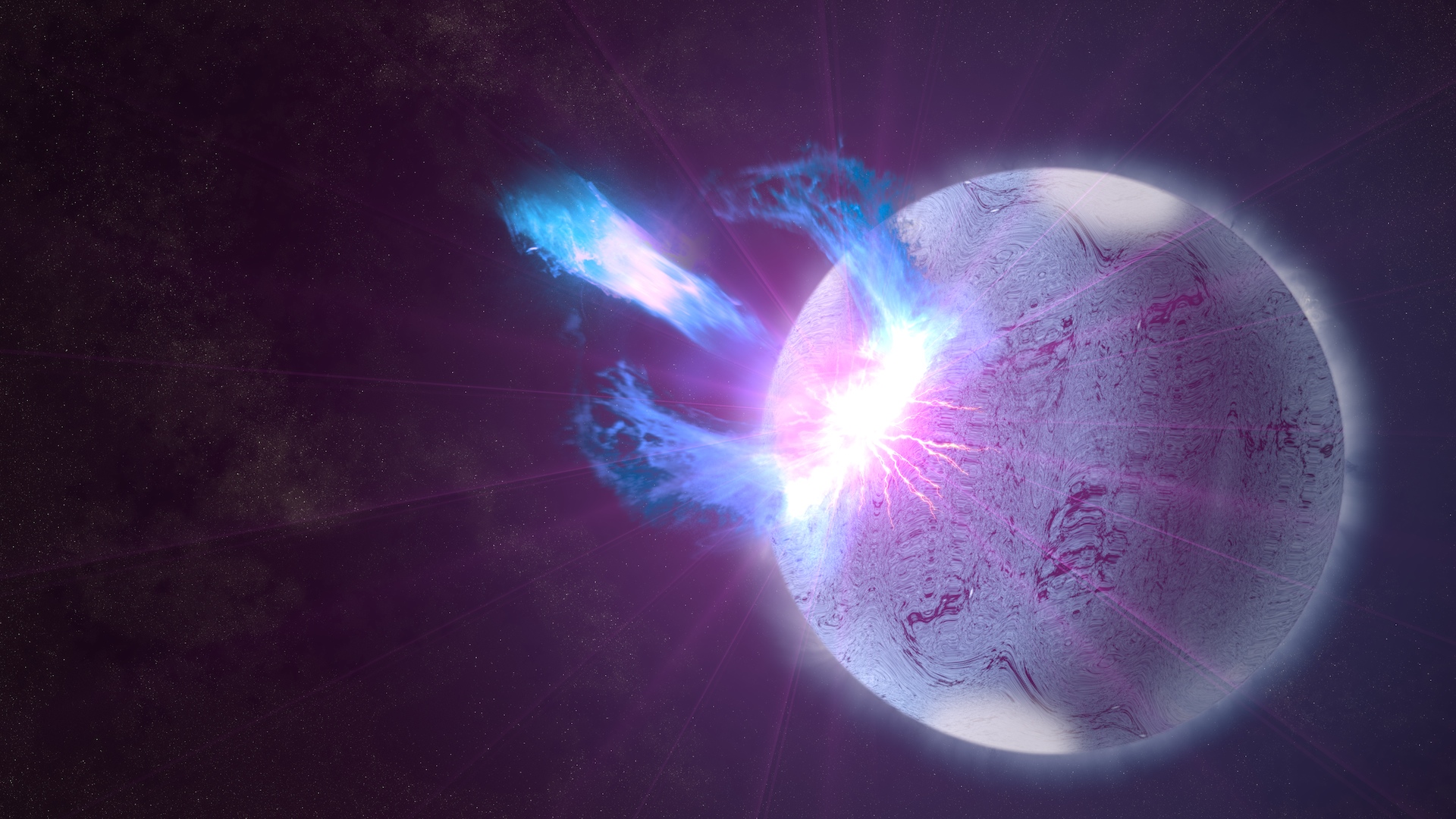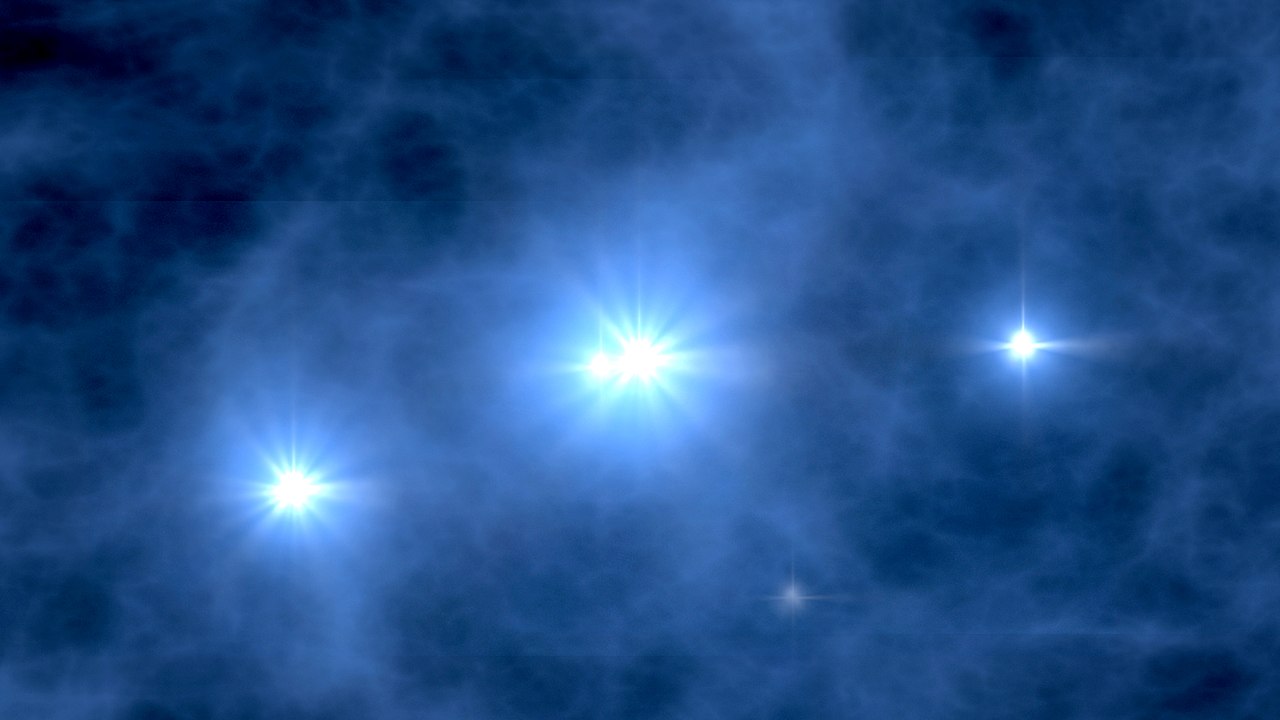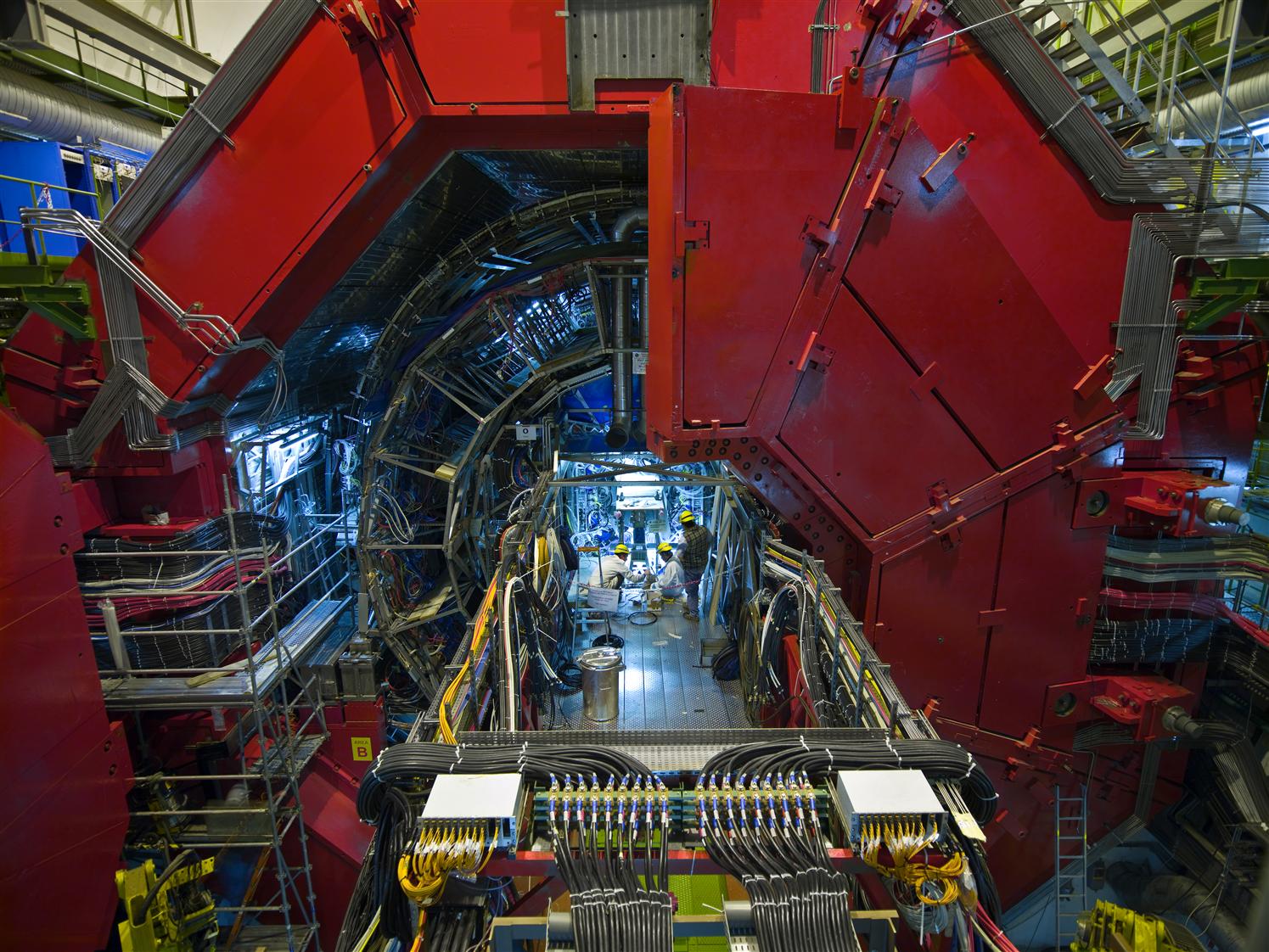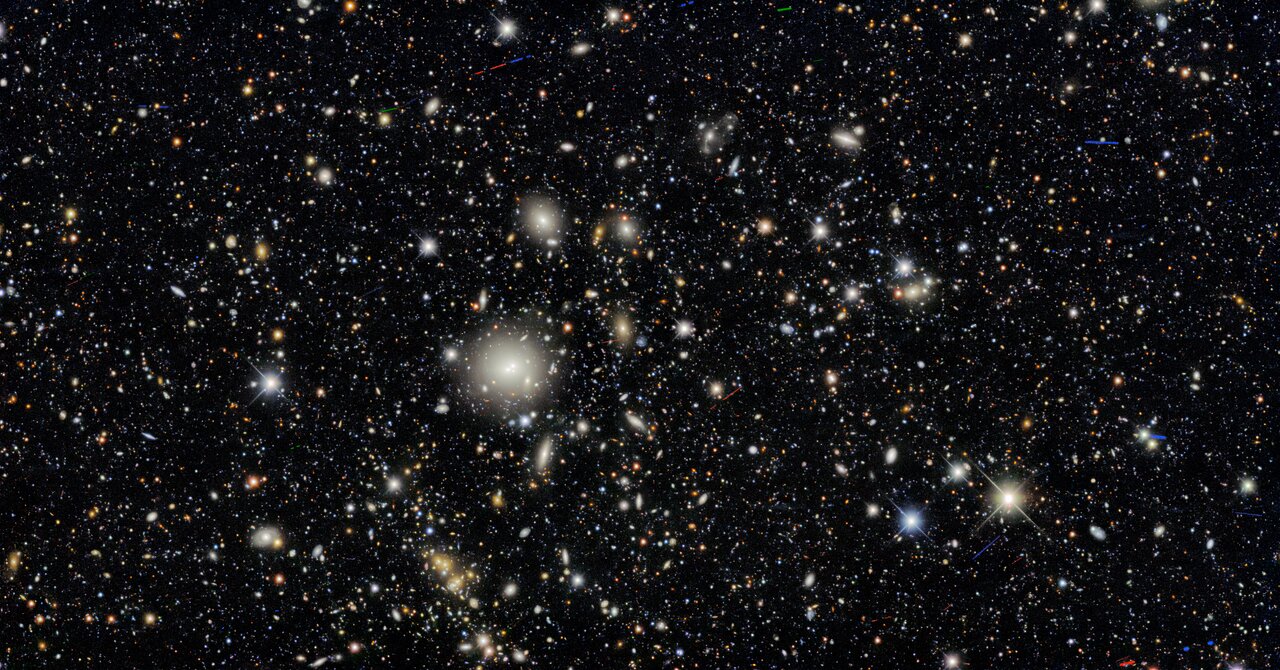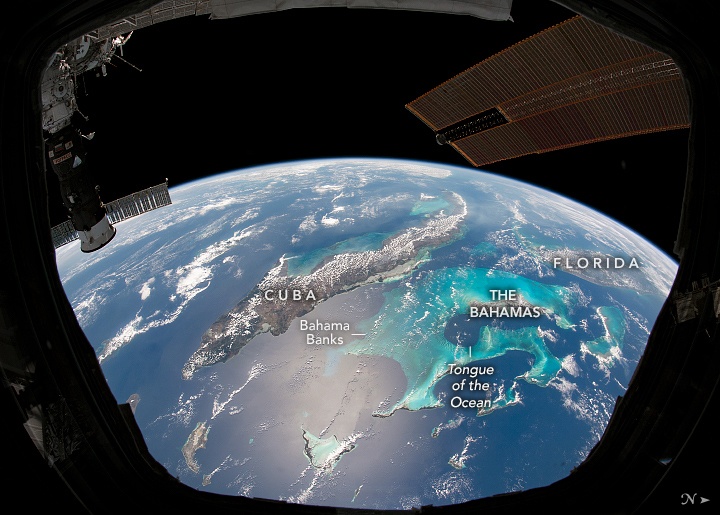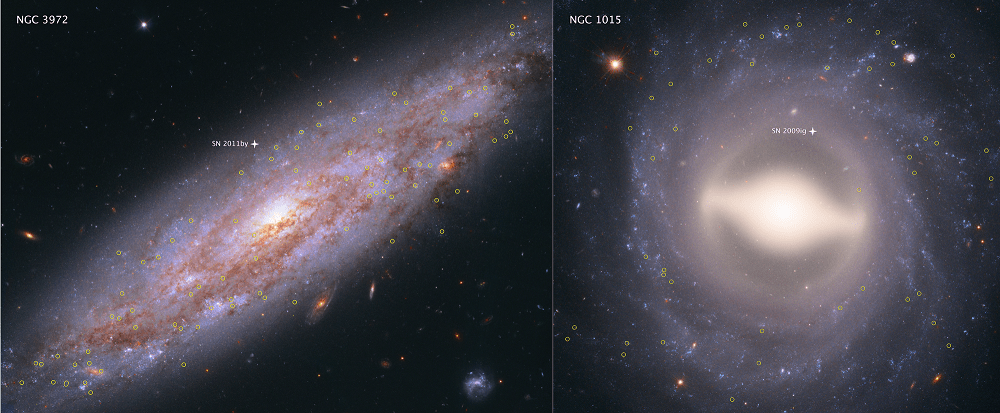It started with a simple experiment that was all the rage in the early 20th century. And as is usually the case, simple experiments often go on to change the world, leading Einstein himself to open the revolutionary door to the quantum world.
Continue reading “How Einstein Unlocked the Quantum Universe and Created the Photon”How Einstein Unlocked the Quantum Universe and Created the Photon
